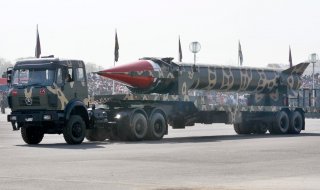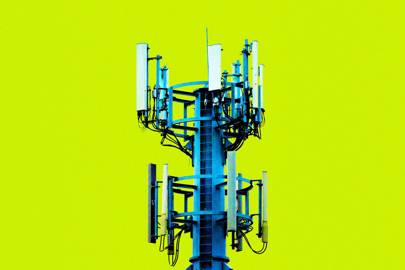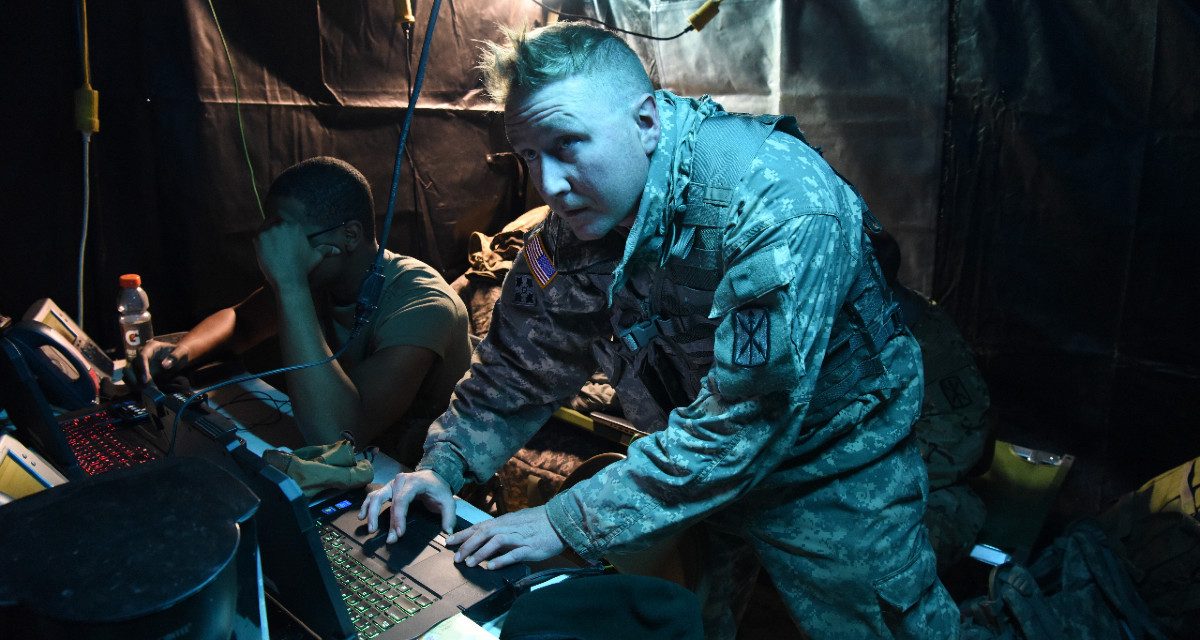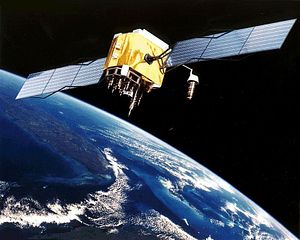by Caleb Larson
 Unlike India, Pakistan lacks a sea-based nuclear delivery platform and thus does not have a three-pronged nuclear triad. Worst still for Islamabad, Pakistan is hindered by a lack of cash, and there are questions about how secure the nuclear missiles in Pakistan are from falling into non-state actor’s hands.
Unlike India, Pakistan lacks a sea-based nuclear delivery platform and thus does not have a three-pronged nuclear triad. Worst still for Islamabad, Pakistan is hindered by a lack of cash, and there are questions about how secure the nuclear missiles in Pakistan are from falling into non-state actor’s hands.
First-Use Deterrence
Unlike India, Pakistan does not adhere to a no-first-use nuclear policy. That is to say, Pakistan reserves the right to use nuclear weapons first, rather than in retaliation after being struck first. India is Pakistan’s main geostrategic enemy, and their nuclear arsenal exists only to deter India.
A Pakistani military officer, General Khalid Kidwai, mentioned in 2002 what Pakistan’s nuclear use strategy could look like, saying that Pakistan would willingly launch nuclear missiles if the existence of the state was at risk. He outlined the following points that would merit a nuclear response from Pakistan:












